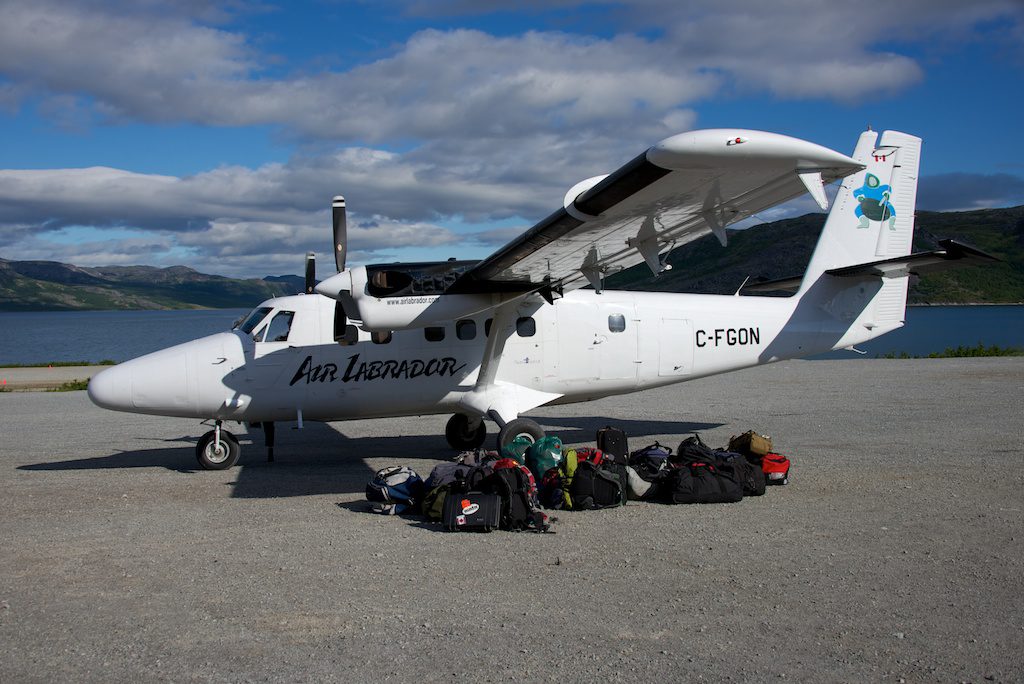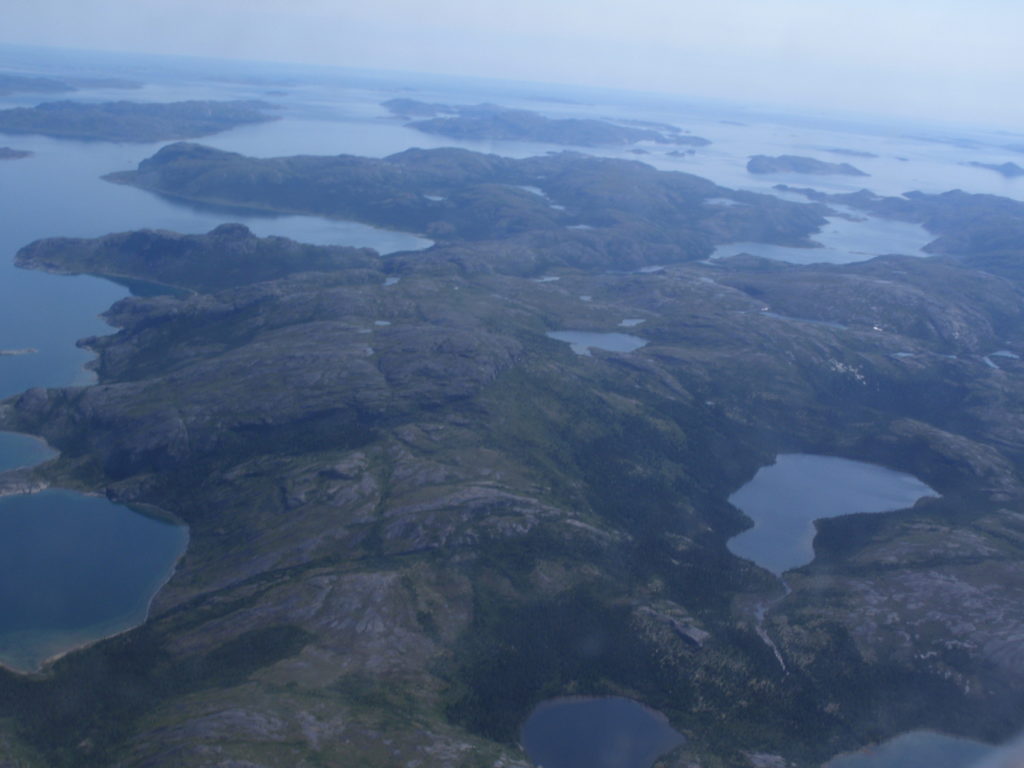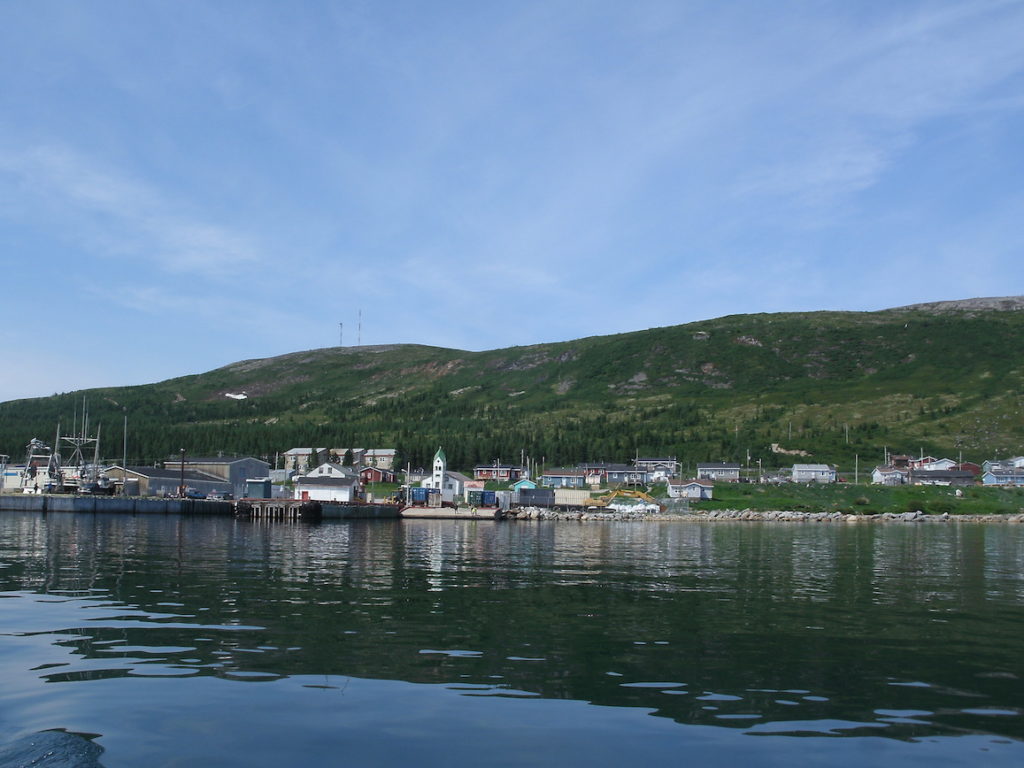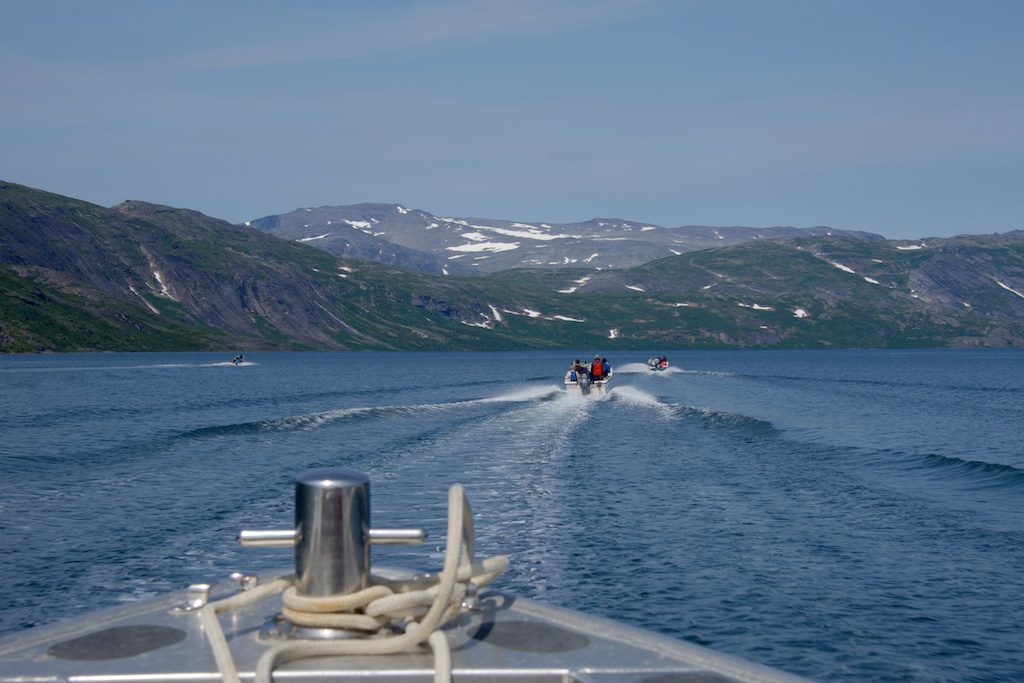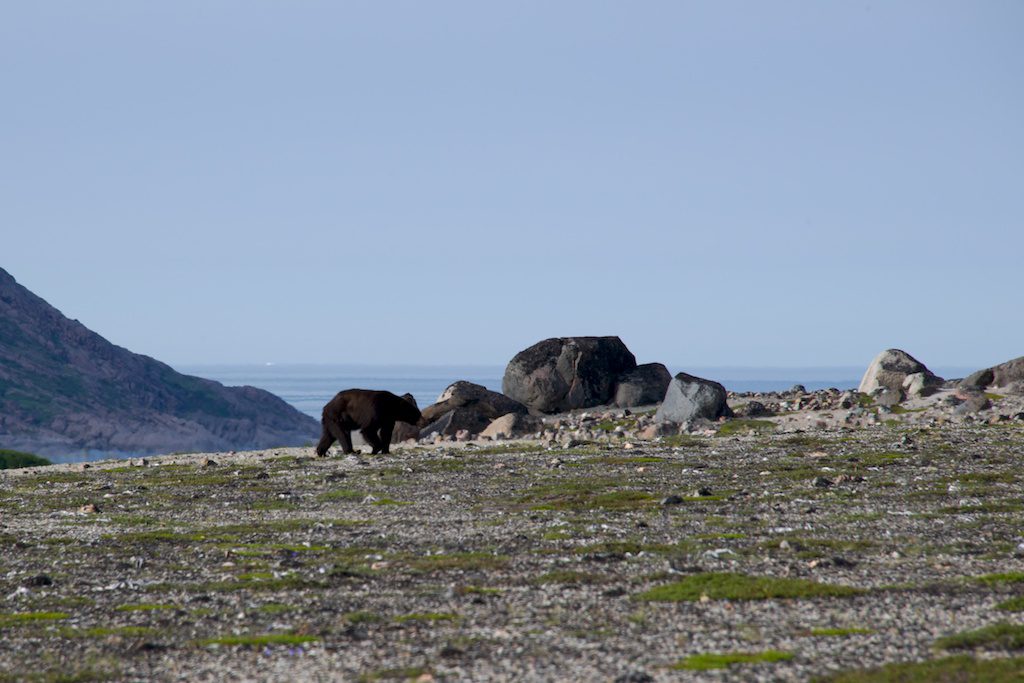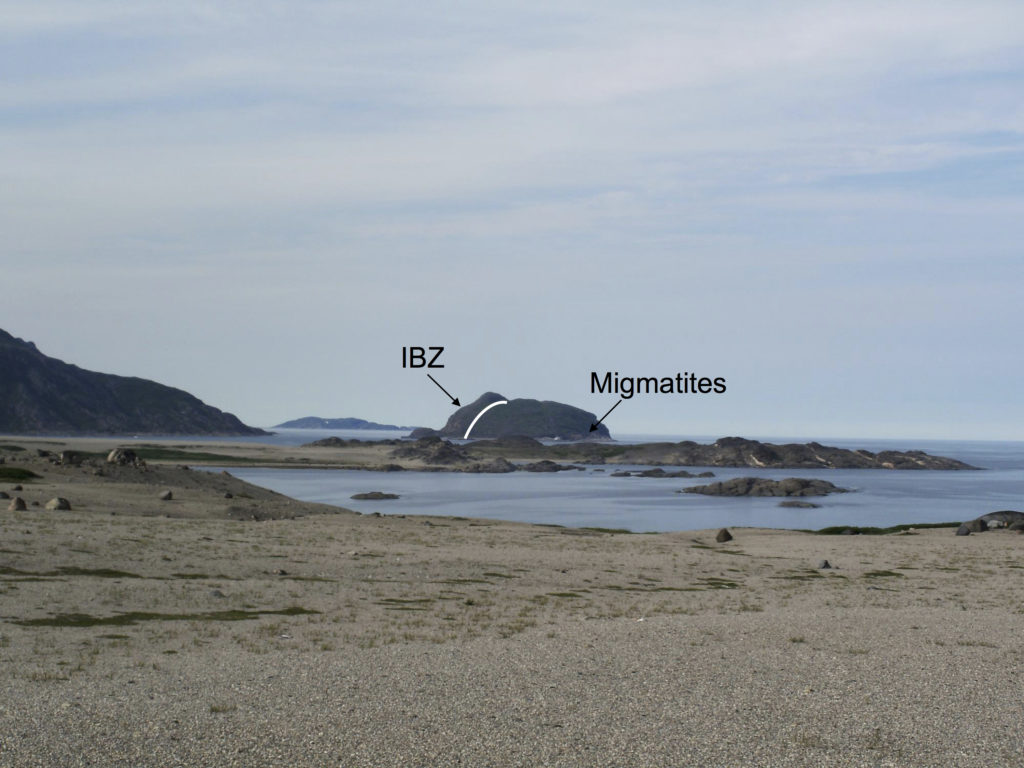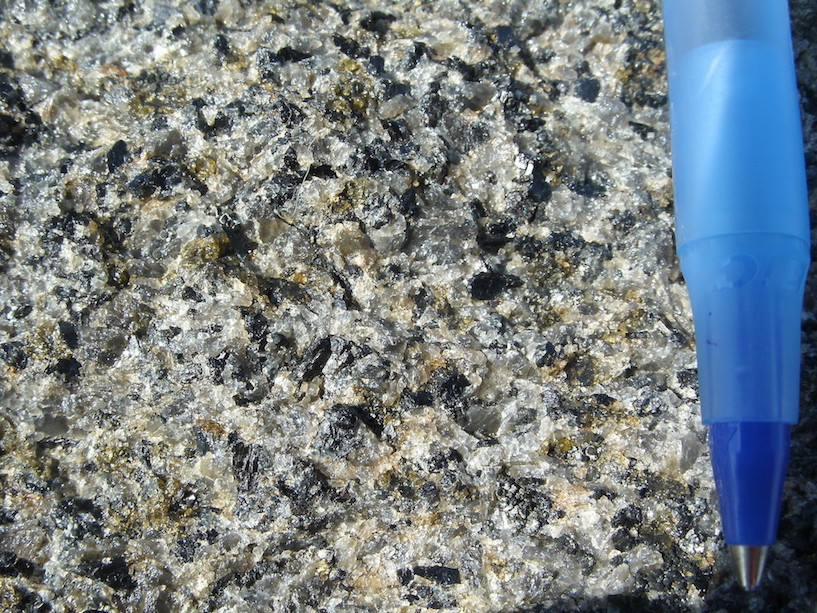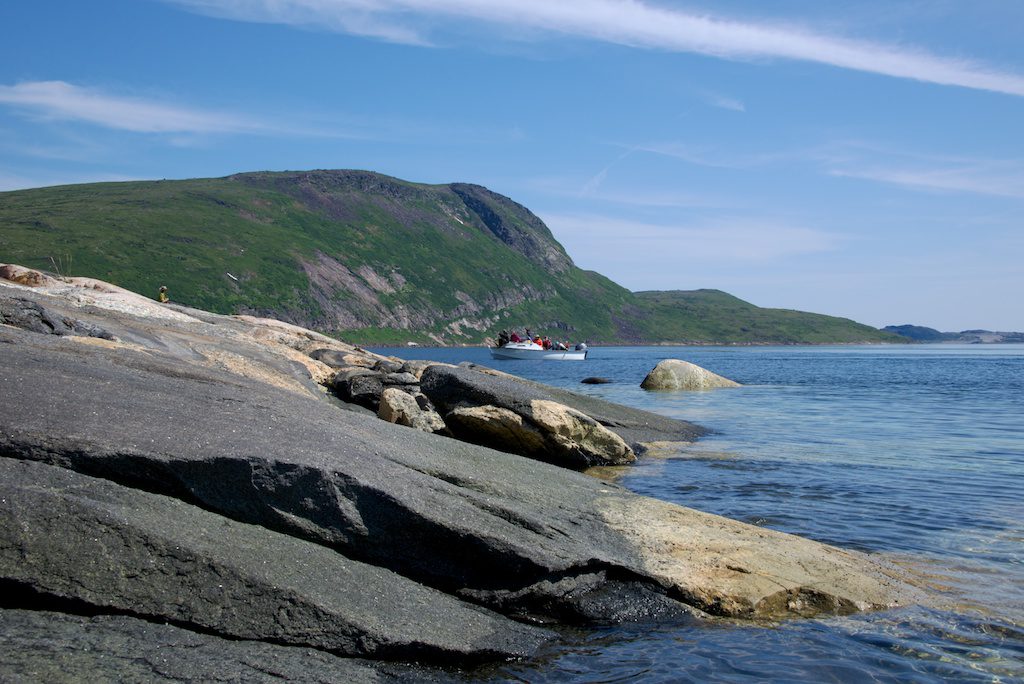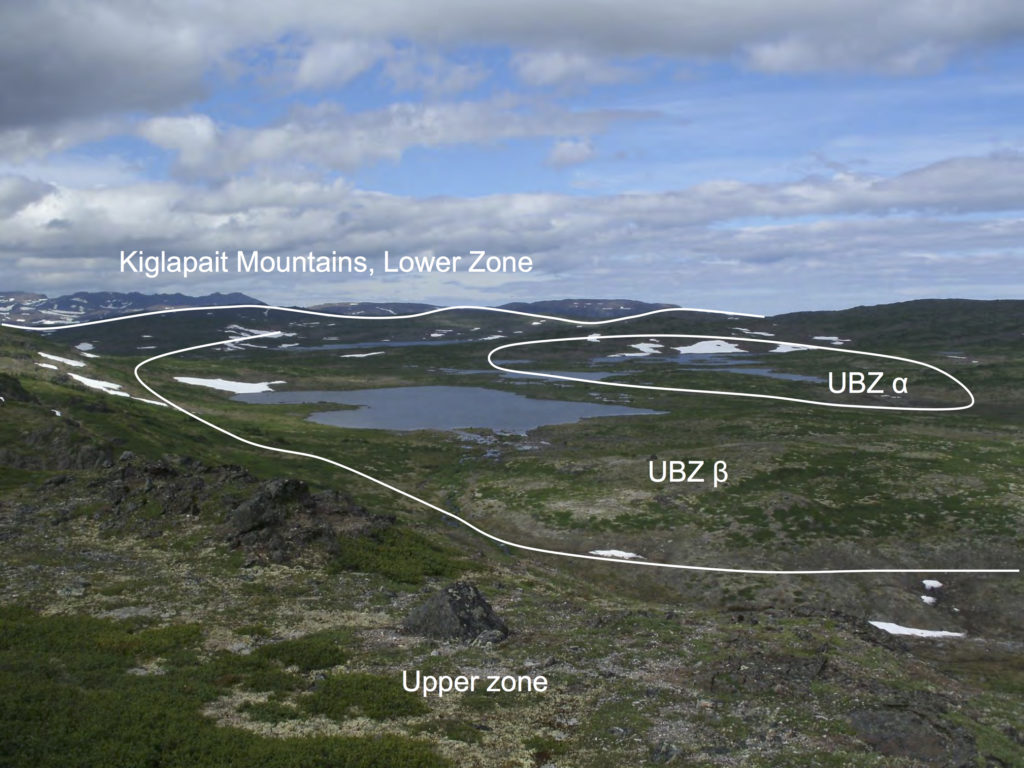Anaïs Fourny is a Ph.D. candidate at the Pacific Centre for Isotopic and Geochemical Research in the Department of Earth, Ocean and Atmospheric Sciences of the University of British Columbia (Vancouver, Canada). Her research focuses on the radiogenic isotopic composition of the Kiglapait layered intrusion.
When I arrived at UBC (Vancouver, Canada) in 2012, I thought I would be starting a graduate project on Hawaiian geochemistry and could already see myself sampling under the sun on a beautiful beach. But then my supervisor talked to me about the Kiglapait layered intrusion and its puzzling isotopic variations and I was immediately intrigued. Four years later, I am still excited by my project and the fieldwork in Labrador was spectacular.
Layered intrusions are plutonic bodies divisible into a succession of layers that form as a result of changes in mineralogy, texture, or mineral composition. They are natural laboratories for studying magma differentiation processes in the Earth’s crust, and are the foundation of igneous differentiation models. They are also host to world-class ore deposits of chromium, platinum group elements, and vanadium, metals that are vital to society. It is thus essential to understand the processes involved in their formation.
In July 2013, myself and a group of 22 fellow geologists from across the globe convened at the Kiglapait intrusion, located in Labrador on the east coast of Canada, for a field conference. My trip began with an eight hour-long flight from Vancouver to Halifax, the meeting place for participants arriving from Canada, the United States, the United Kingdom, Denmark, and South Africa. Our communal journey then began with a flight to Goose Bay, Labrador, before taking a small plane to Nain, the closest town to the Kiglapait intrusion. Through the window of the plane, I discovered the breathtaking landscapes of coastal Labrador, rocks and water as far as one can see.
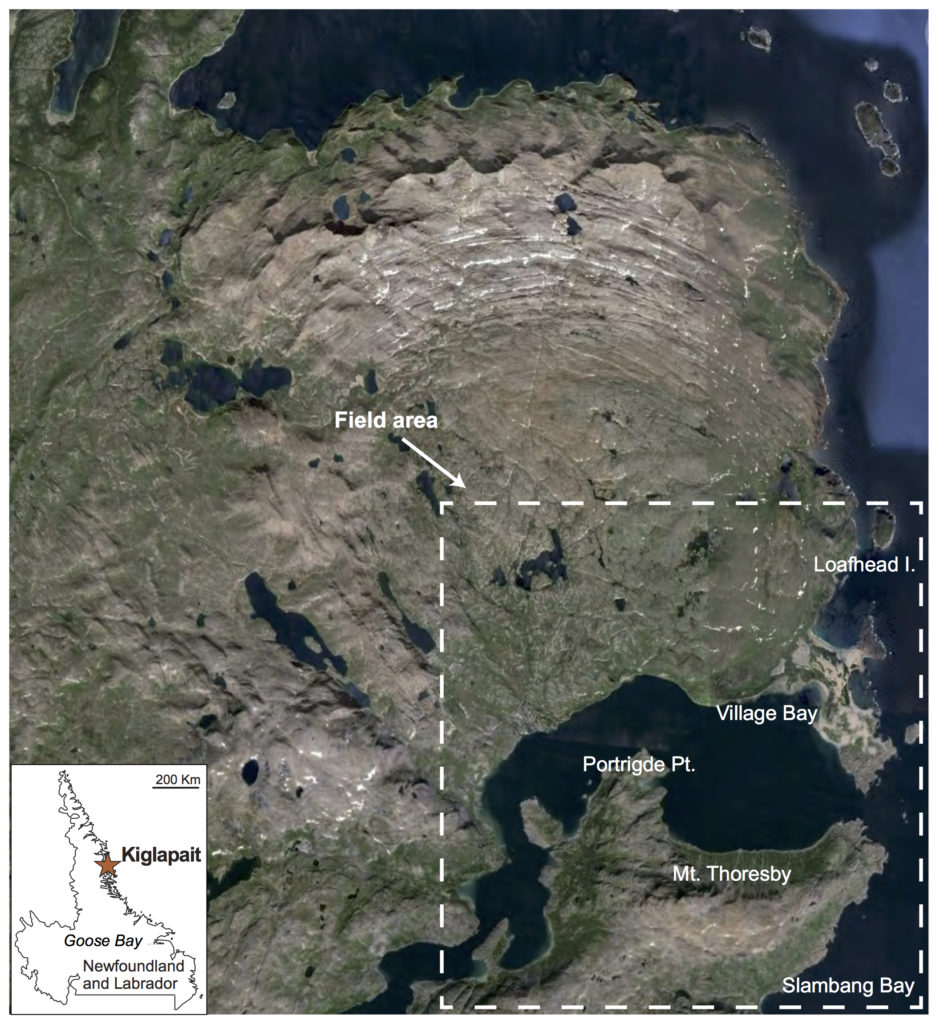
Figure 1: Google Earth view of the Kiglapait intrusion and location of the field area. Inset: Location of the Kiglapait in Labrador, Canada. The Kiglapait intrusion is part of the Proterozoic anorthositic Nain Plutonic Suite.
Leg three of our trip involved another mode of transportation, as the last two hours to our campsite at the Kiglapait intrusion were made by boat among the beautiful landscapes along Port Manvers Run.

Figure 6: Arrival to the campsite in Village Bay (South-east of Kiglapait intrusion) where our camp leader had already set up the cooking tent.
We had just the time to put our tents up before we were scheduled to start exploring the intrusion.

Figure 7: Sunset on the campsite on the right and view of Mt Thoresby from the campsite. Photos credit: Dominique Weis.
In a simple view of layered intrusions, minerals appear/disappear in a particular crystallization sequence as magma loses heat, and either accumulate on the floor of the magma chamber, and/or nucleate and grow on its margins. Each time a new mineral accumulates (cumulus) a new zone is defined. The Kiglapait intrusion is divided into four zones: the Inner border Zone (IBZ), the Layered Group, consisting of the Lower Zone (LZ) and the Upper Zone (UZ), and the Upper Border Zone (UBZ) at the top. One of the great advantages of studying the Kiglapait intrusion is that the magmatic stratigraphy is complete and accessible on the surface. During the field conference, we saw outcrops from most of the magmatic stratigraphy. The following pictures take you on the same tour and go from the base to the top of the intrusion.
We started with the Inner Border Zone that we unfortunately only saw from afar as it only crops out at a few locations. This is the first zone deposited after the intrusion of the magma in the crust and its composition ranges from medium- to coarse-grained troctolite to anorthosite and olivine gabbro.
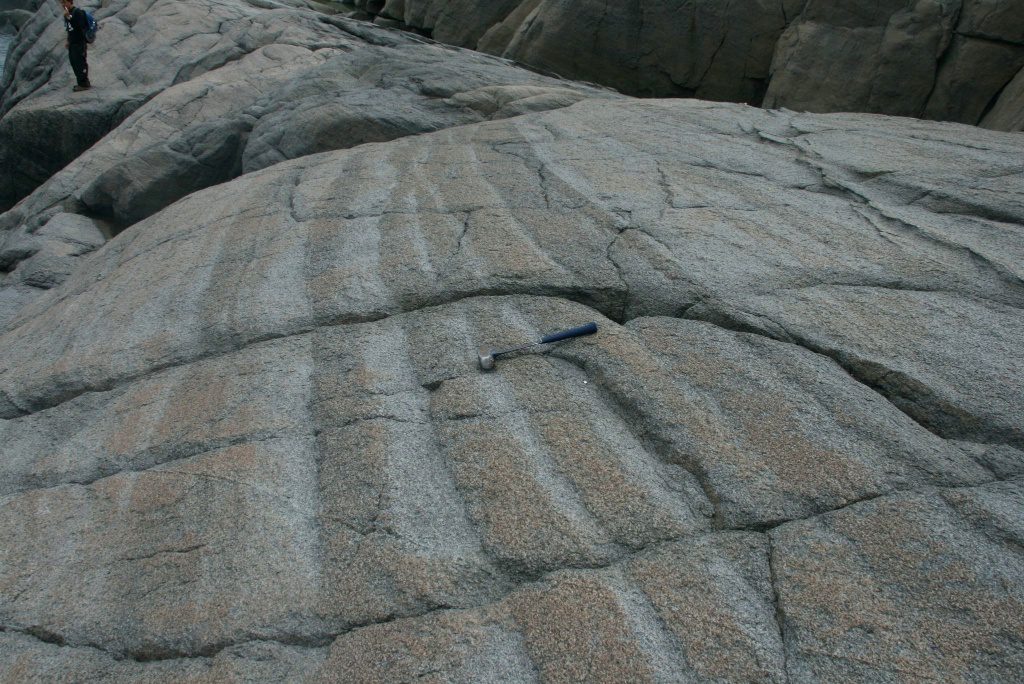
Figure 10: Modal layering in the lower zone, Slambang Bay. Modal layering is due to change in minerals percentage, in this picture, the clearer layers are plagioclase-rich and the darker ones are olivine-rich. Photo credit: Dominique Weis.
The transition from Lower Zone to Upper Zone is marked by the appearance of clinopyroxene as a new cumulus mineral. The Upper Zone composition evolves with the appearance of this new mineral and ranges from olivine-gabbro near the base to ferrosyenite at the top.
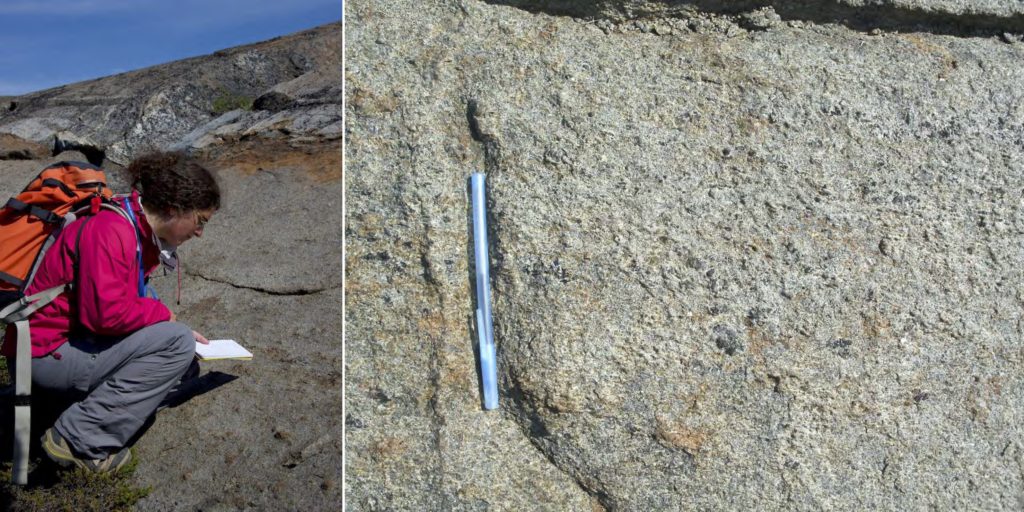
Figure 13: On the left, the author looking for the transition zone. Photo Credit: Dominique Weis. On the right, transition from Lower zone at the bottom to Upper Zone at the top of the picture. In the middle, you can see the appearance of increasing amounts of interstitial clinopyroxene between the plagioclase and olivine of the troctolite.
Finally, the last stratigraphic section is the Upper Border Zone, which is a mirror image of the Layered Group. It ranges in composition from ferrodiorite to troctolite and is interpreted to have crystallized downward toward the cumulate of the layered series.
To come back to my project, a major part of my PhD research involves assessing the use of radiogenic isotopic compositions from whole rocks and minerals of the 1.3 Ga Kiglapait layered intrusion to identify source characteristics, stratigraphic variability, and the extent of isotopic heterogeneity between minerals. Recently, radiogenic isotopic variability (strontium-neodymium-lead) has been observed in coexisting minerals from major layered intrusions such as the Kiglapait intrusion (Labrador, Canada), the Bushveld Complex (South Africa), and the Skaergaard (East Greenland). This has caused debate on the physical processes that operate to form these bodies. Radiogenic isotopic ratios are not affected by crystal fractionation (rather, they are considered the ‘fingerprint’ of the source), and thus minerals coexisting in cumulates that are considered to have crystallized from the same magma should share the same radiogenic isotopic compositions.
This field trip contributed a lot to my comprehension of layered intrusions, via the observation of outcrops of course, but also by listening to the debates between the geologists present there and notably S.A. Morse who spent most of his career working on the Kiglapait intrusion and who was one of the conveners (together with Michael Hamilton and James Scoates) of this conference.
After four days spent captivated by this magnificently preserved layered intrusion, it was time to leave. I came back amazed by the beauty of Labrador, and impatient to contribute to the understanding of the formation of this intrusion.

Figure 17: Polar bear footprints. At that point, we all listened to the “bear watcher”, a local man whose job was to watch for bears in the area surrounding the campsite and the group when we were out, when he told us to stick together!
![]() This work is licensed under a Creative Commons Attribution-NonCommercial-ShareAlike 4.0 International License.
This work is licensed under a Creative Commons Attribution-NonCommercial-ShareAlike 4.0 International License.

